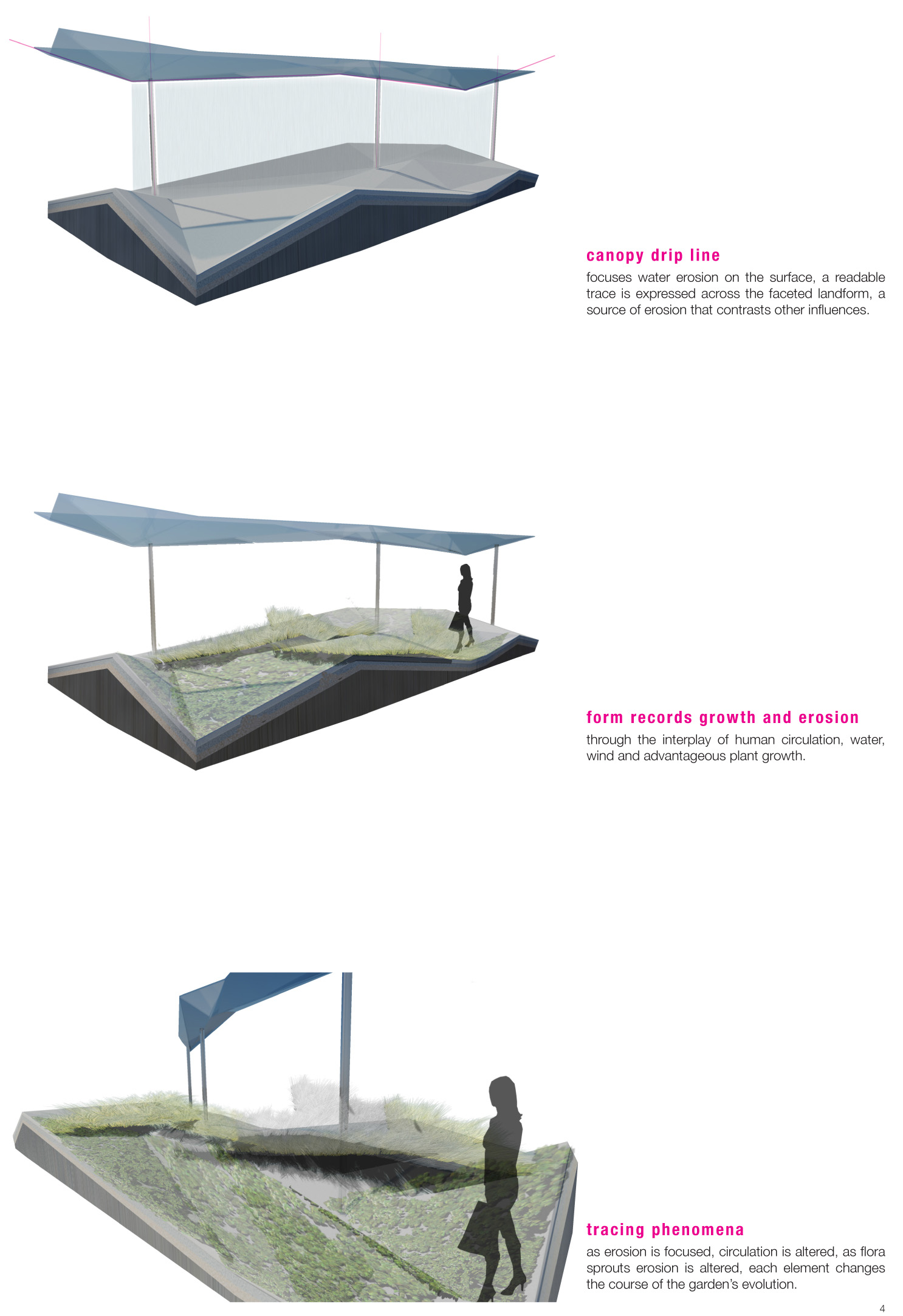Reactscape device:space
Geologic Traces
Abstract
 Soil is fluid. It wanders around the world, following water, wind and animals. Soil in Africa blows across continents and ends up in the Gulf Coast of America. Soil from Canada rides the Mississippi River and builds the bayous of Louisiana. The soils of river-islands are continuously lost and replaced in a process of alluvial regeneration. Despite the evidence of the relentless movement of soils all around us, in our minds we have burdened soil with the idea of stability.
Soil is fluid. It wanders around the world, following water, wind and animals. Soil in Africa blows across continents and ends up in the Gulf Coast of America. Soil from Canada rides the Mississippi River and builds the bayous of Louisiana. The soils of river-islands are continuously lost and replaced in a process of alluvial regeneration. Despite the evidence of the relentless movement of soils all around us, in our minds we have burdened soil with the idea of stability.
While water and wind are allowed to roam the earth, soil must stay in its place to anchor us to the earth. Erosion is always seen as destructive, something to be prevented. We are interested in exploring the movement of soil as a part of the natural system. We want to understand the fluidity of soil as a natural process, a process that can be accelerated, or slowed, or redirected, but always dynamic.
Framework
In this project we have chosen to study the fluidity of soil through the traces of the kinetic forces that act on a surface. Water and the activity of humans on the landscape are the two most visible traces of the moving soil. The constructed surface, with its potential energy sculpted and faceted, will reconstruct itself through the movement of soil by water and man. Traces of this activity can be read, and new incidental ecologies will be created on the surface as the soil moves.
Project
The surface begins as a sculpted form, soil is formed and seeded to become the armature for dynamic processes. The form is layered with fine gravel to create a canvas that can trace environmental phenomena and human interaction. The form of the surface angular and faceted, recording the greatest amount of change throughout the life of the garden.
The soil base is seeded and slowly grows in advantageous areas, slowing or accelerating the process of erosion, pushing the gravel aside in thin areas and dying out in compacted regions. An overhead canopy directs water on a portion of the site creating a specific trace on the surface, redirecting water, altering circulation, and focusing erosion. The garden becomes a compression of geologic time, tracing a recognizable phenomena, and evolving in a comprehensible form.


